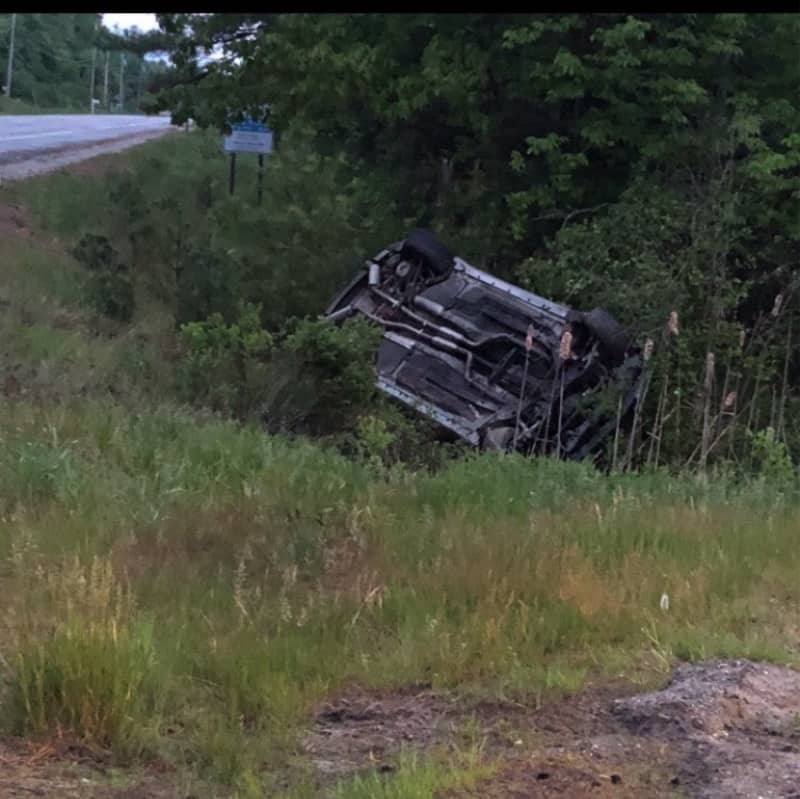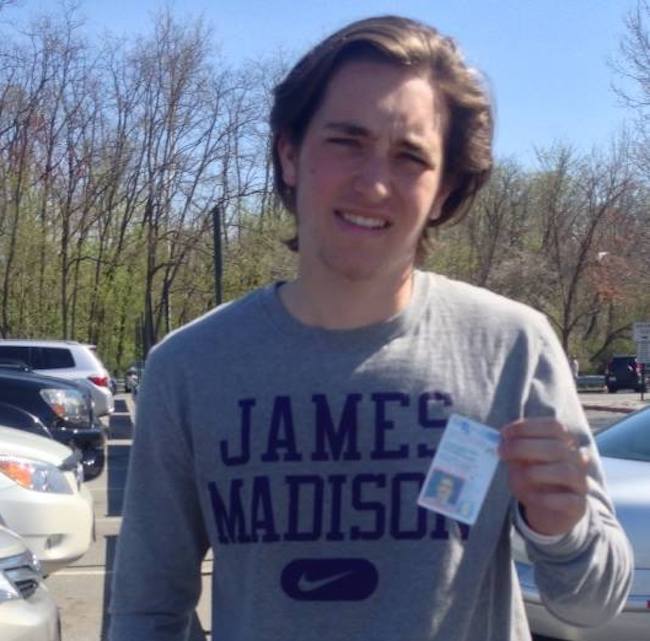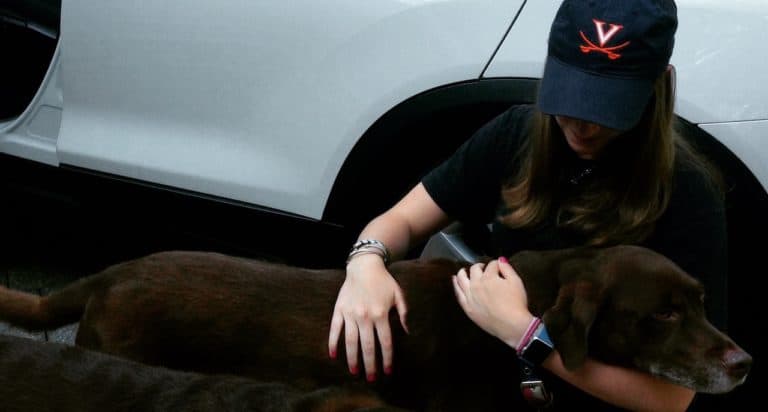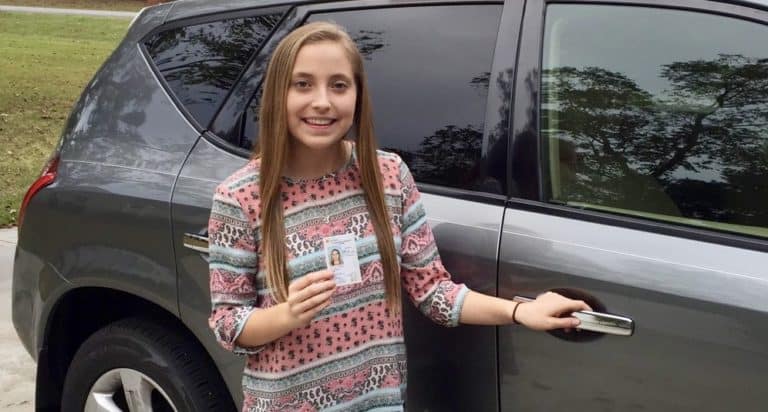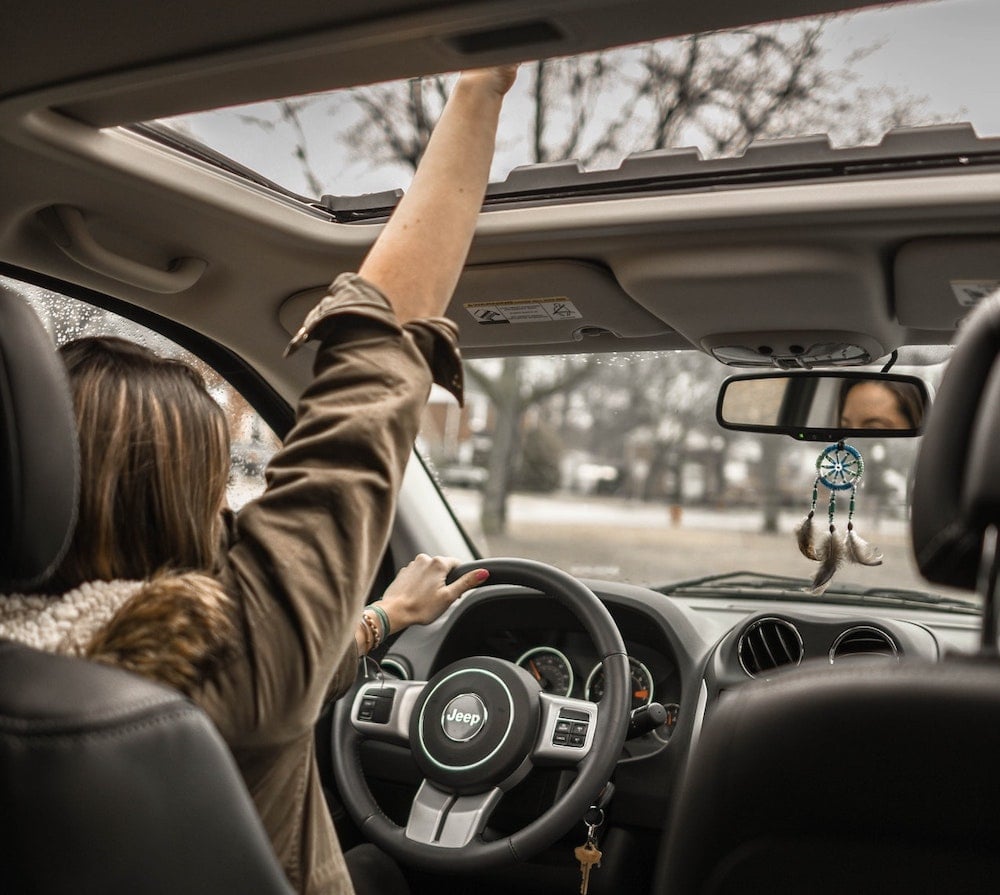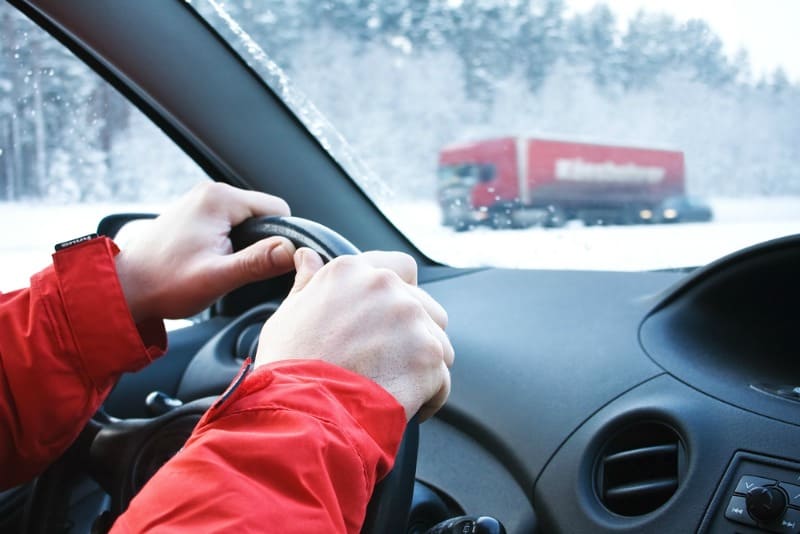I’m just going to throw this statistic out there and let you sit with it for a moment….
Teen drivers have crash rates nearly 4 times those of drivers 20 and older per mile driven, with crash risk among teenage drivers particularly high during the first months of licensure.

I imagine you probably assumed teens are involved in more crashes than experienced drivers. With driving often a real necessity for teens, how do we balance taking the keys and hoping our new drivers return safely after each trip?
Fortunately, the Insurance Institute for Highway Safety (IIHS)* has created a helpful Young Driver Safety guide, covering everything from choosing your teen’s safest vehicle to understanding state laws and setting appropriate rules.
This excellent and easy-to-read guide is a soup-to-nuts resource for parents with new drivers or teens preparing for licensure.
Learn more: Young driver safety: a guide for parents of teens
This information differs from your standard driver’s education material. It offers vehicle safety data, auto technology pros and cons, and statistics hammering home the enormous responsibility of training our new drivers.
Frankly, enormous is an understatement. The following tips offer guidance to ease the burden.
4 Ways to keep your new driver safe
1. Model safe driving
Parents are the “It” factor in the licensure process. Kids have been unconsciously absorbing their parents’ driving habits for years. When it is time to get behind the wheel, most of the training falls to mom and dad. Being actively involved in your kid’s driving goes a long way.
2. Use Graduated Driver Licensing Laws as a minimum
Graduated Driver Licensing (GDL) laws encompass everything from behind-the-wheel practice hours to nighttime driving restrictions set forth by each state for licensure. They are designed to gradually introduce driving and minimize risk. IIHS recommends that GDL laws serve as the bare minimum, as no state has the strongest provisions for every aspect of GDL.
It is the parent’s responsibility to assess their teen about these guidelines and add training hours, rules, technology, or contracts as they deem necessary to improve safety. Find your state’s GDL laws here.
3. Research cars they should drive
A deep dive into the IIHS website regarding teen driving is a treasure trove and a rabbit hole worth getting lost in. You’ll find specific recommendations for safe and reliable vehicles for teens, updated annually in conjunction with Consumer Reports and general guidelines for vehicle selection. For example, avoiding high-horsepower vehicles can help keep teens out of trouble, and avoiding the smallest cars will ensure adequate protection if they crash.
You can also watch crash test videos and learn more about available safety technologies and the real-world benefits for each one — shopping for a new car for yourself? Keep these tips in mind if you plan to hand it down to your new driver in the future.
4. Do your research
One surprising nugget I recently learned is a shocking increase in traffic fatalities during the pandemic, and fatalities have remained high as things have returned to normal. According to the National Highway Transportation Safety Administration, nearly 43,000 people died in crashes on U.S. roads in 2021, including more than 3,000 teens aged 13-19.
I also learned that speeding and impaired driving have increased in recent years.
People, this environment awaits our children as they navigate a ton of metal.
How safe is the car your teen drives?
This data inspired me to check out IIHS’s guide. I dove into the section discussing vehicle safety, hopped onto the IIHS website’s vehicle rating pages, and searched the ratings for all that metal my three sons drive daily. Not only did I see the ratings for their cars, but I also had access to crash test videos and additional information on available safety features. Unfortunately, my husband’s car did not fare as well, which will be a consideration when car-sharing as a family.
Old cars and young drivers
As a new driver, I inherited the old family Mustang my sister had driven before me. While high on cool factor, recent research shows that a vehicle with more updated features would have been a safer choice.
Teen drivers struggle with recognizing and avoiding hazards, judging following distance and turn gaps. With today’s enhanced crash avoidance technology, parents are advised to buy as much technology as they can afford.
I also learned about the importance of electronic stability control (ESC). This life-saving technology is standard on new cars but may only be an option if you are considering an older used car. A car with ESC should be at the top of your consideration list when shopping for a car for your teen.
This valuable research is at our fingertips to win the war on responsible driving, from information on teen-specific safety features and technology to statistics and visuals. After all, isn’t it our duty to exhaust all resources to bring our kids home safely every time they drive?
*The IIHS is an independent, nonprofit scientific and educational organization dedicated to reducing the number of deaths, injuries, and property damage from motor vehicle crashes. They accomplish this through research, evaluation, and educating consumers, policymakers, and safety professionals.
More Great Reading:
